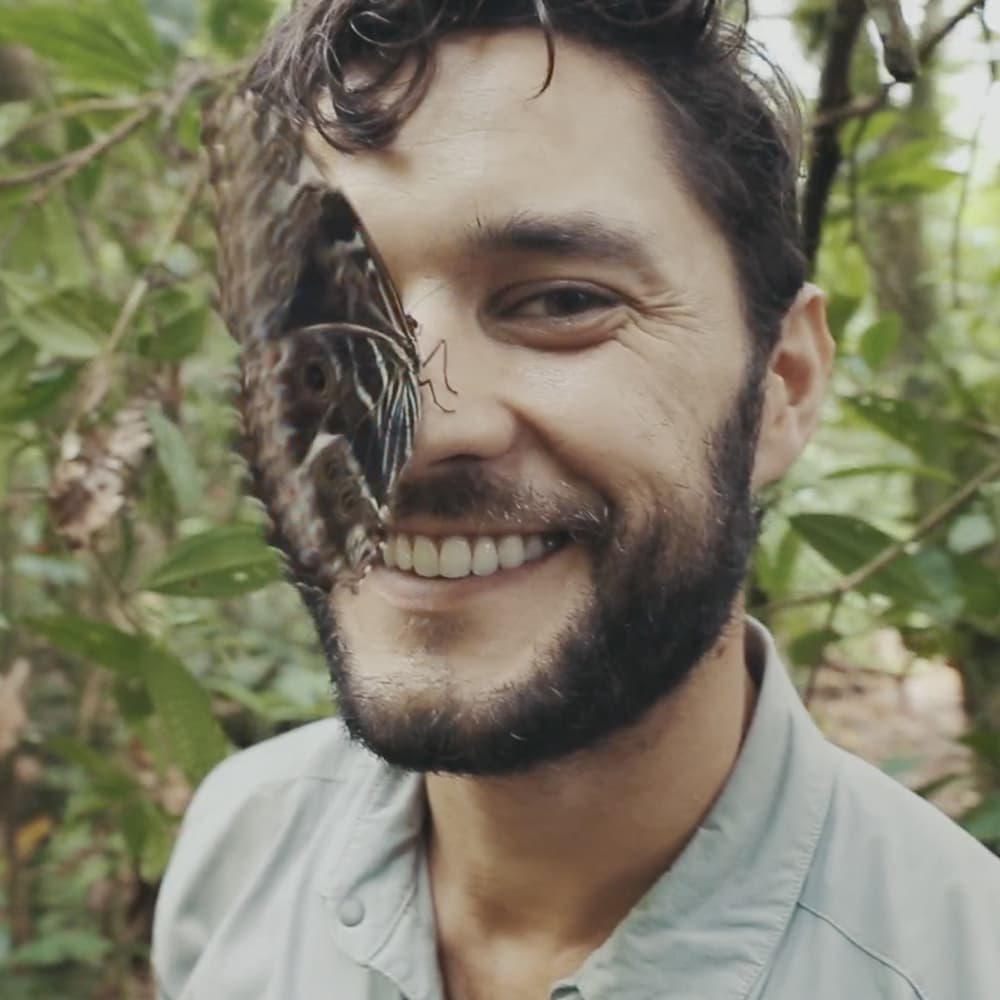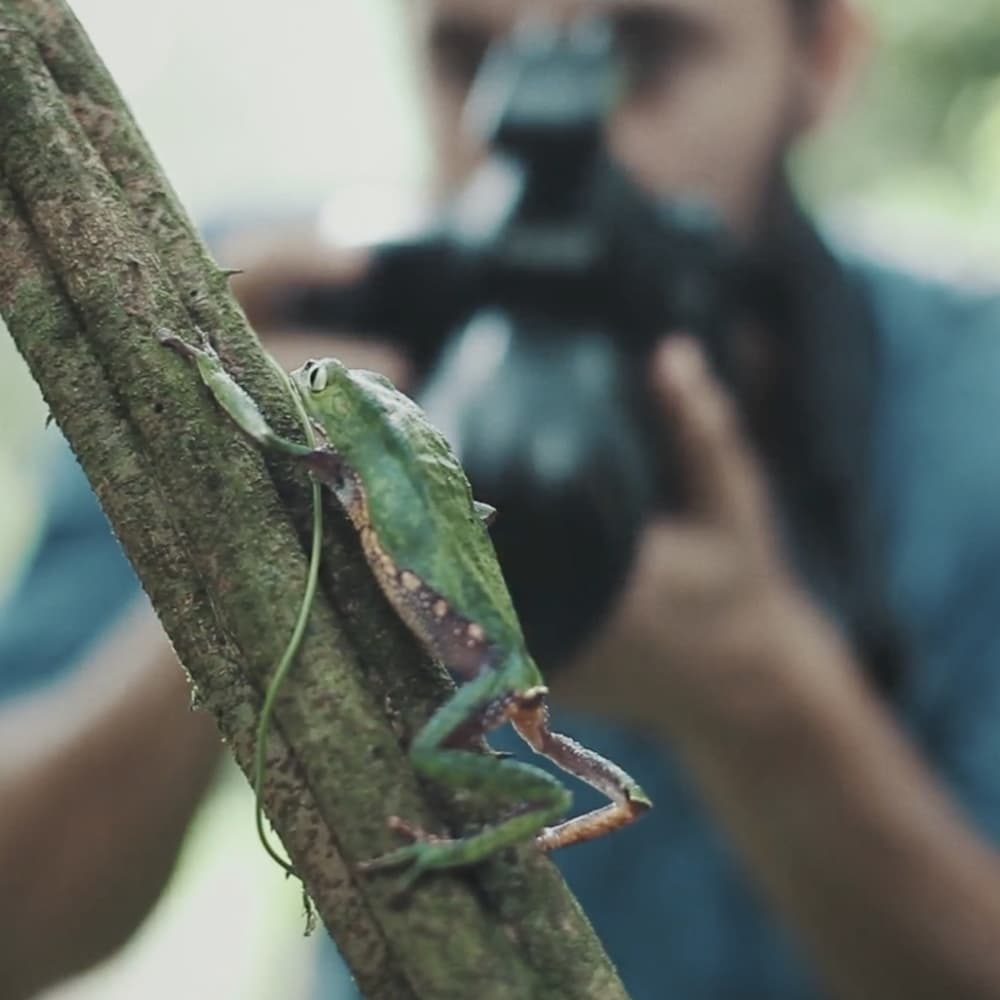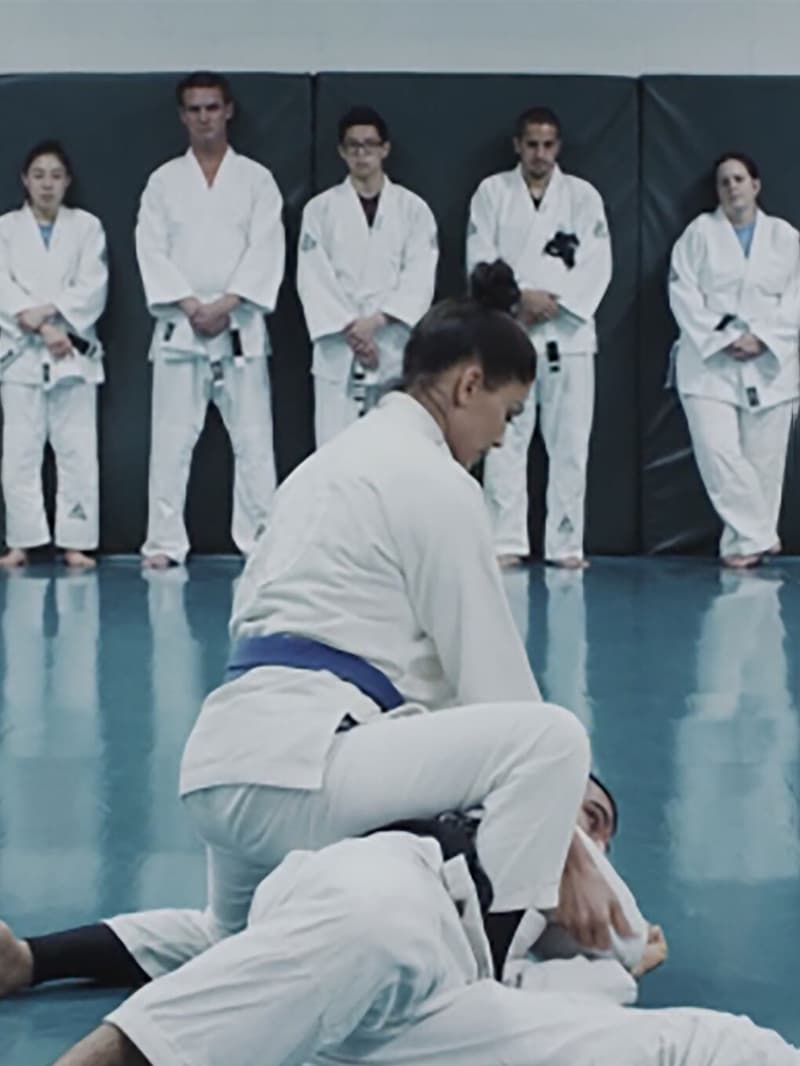Meet Entomologist Phil Torres
Hi, I’m Phil Torres, an entomologist. My work allows me to travel the world, studying different organisms, and keeping a keen eye on the life that’s all around us. Visian ICL allows me to keep my work in focus.
Hi, I’m Phil Torres, an entomologist. My work allows me to travel the world, studying different organisms, and keeping a keen eye on the life that’s all around us. Visian ICL allows me to keep my work in focus.

What led me to Visian ICL
My mom told me I had magic eyes as a kid and that I had this ability to just see things other people were missing. In the fifth grade, I began getting headaches and I needed glasses or something. As a biologist, there was this uncertainty that I had that what if a contact lens falls out when I'm in the wilderness? What am I going to do?
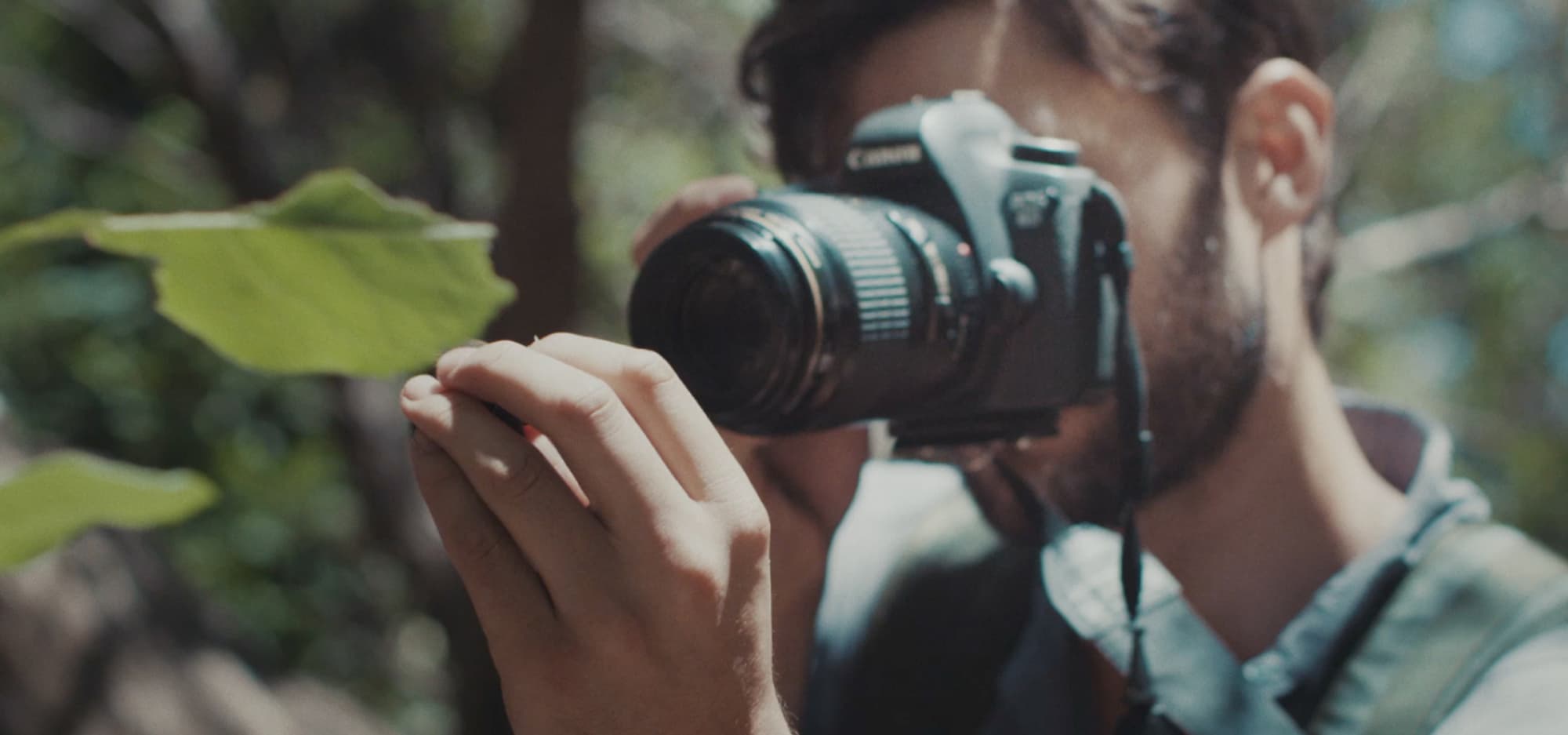
Phil’s day-to-day & where Visian ICL helps most.
Entomology
Clear headed in the field
Night vision
Navigating in the rain forest
“I had my first opportunity to put my Visian ICL eyes to the test recently in the Amazon rainforest, and it couldn’t have been more exciting to be able to spot rare species better than I have my entire life.”
As a biologist, the difference between making a new discovery can come down to how well I can see. I had my first opportunity to put my Visian ICL eyes to the test recently in the Amazon rainforest, and it couldn’t have been more exciting to be able to spot rare species seemingly better than ever. Not only was I seeing certain things for the first time ever, but I felt like I was seeing the world better than I ever had before.
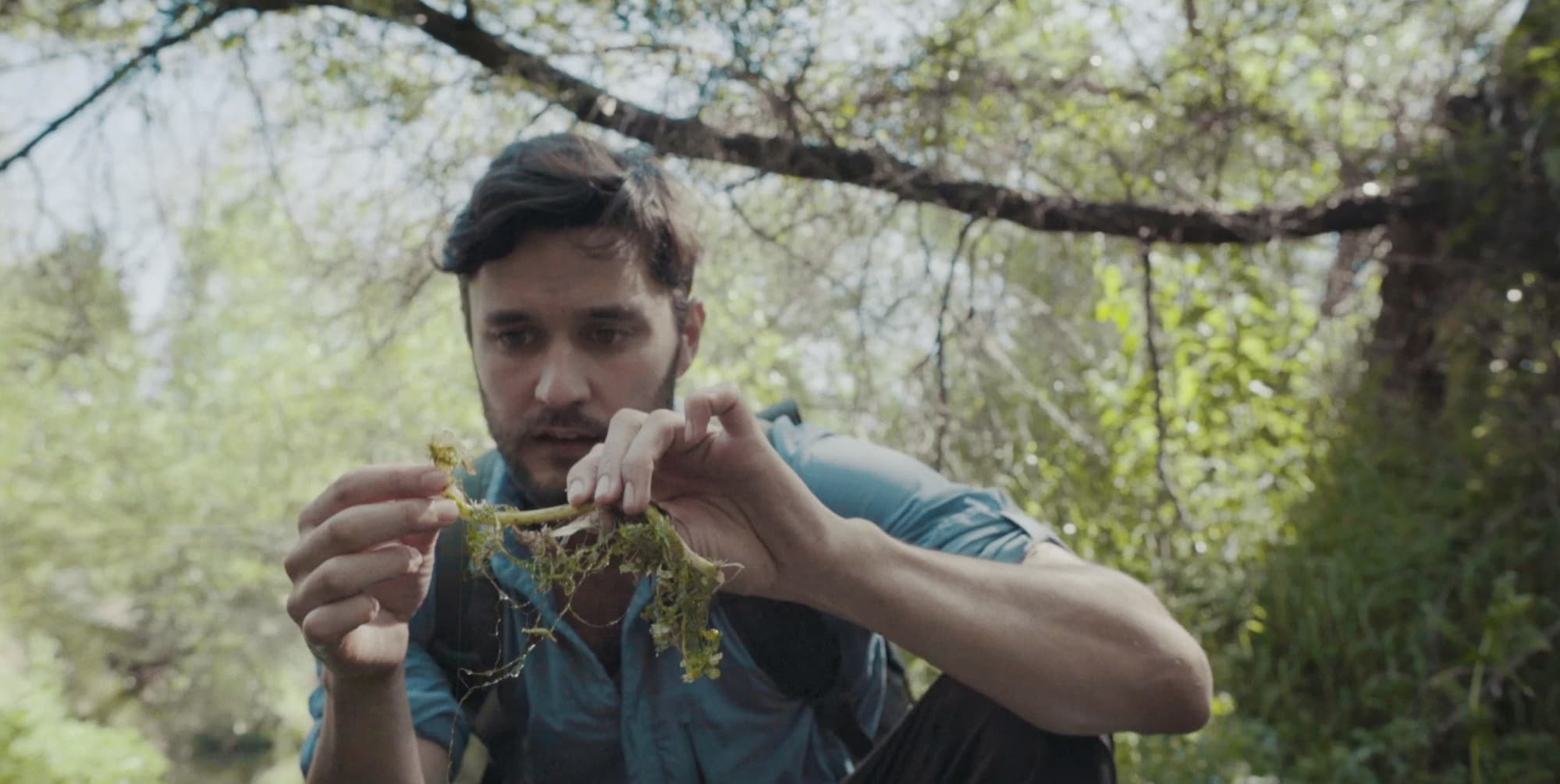
Questions with Phil
What do you do for a living?
I’m an entomologist, my eyes are a critical tool for the work I do as I am constantly studying these tiny organisms that are sometimes as small as a grain of salt.
How long have you had problems with your vision?
I started noticing that I needed glasses when I was in 5th grade when I started getting headaches every day. I thought it was just something I had to deal with, but later realized it was related to my vision.
What’s your biggest pain point about contacts or glasses?
When I was wearing contacts, my eyes were always so dry. It was only after Visian ICL that I realized that the irritation was from constantly having something on my eye.
What about Visian ICL helped make your decision?
One of the things that really stood out to me about Visian ICL over other procedures is the fact that it is removable [by your doctor]. There’s kind of a lot of fear with the other procedures of what if something goes wrong… you’re kind of stuck with it, but with Visian ICL the doctors assured me that this is something that is removable [if needed].
Important Safety Information
The EVO/EVO+ ICLs are indicated for patients who are 21 to 60 years of age and are available in spherical powers ranging from -3.0 D to -18.0 D for the correction/reduction of myopia with or without a cylinder power range from 1.0 D to 6.0 D. The hyperopic ICLs are indicated for patients who are 21 to 45 years of age and are available in powers ranging from +3.0 D to +10.0 D for the correction/reduction of hyperopia. In order to be sure that your surgeon will use an ICL with the most adequate power for your eye, your nearsightedness, farsightedness and astigmatism should be stable for at least a year before undergoing eye surgery. ICL surgery may improve your vision without eyeglasses or contact lenses. ICL surgery does not eliminate the need for reading glasses, even if you have never worn them before. ICL represents an alternative to other refractive surgeries including, laser assisted in situ keratomileusis (LASIK), photorefractive keratectomy (PRK), incisional surgeries, or other means to correct your vision such as contact lenses and eye glasses. Implantation of an ICL is a surgical procedure, and as such, carries potentially serious risks. The following represent potential complications/ adverse reactions reported in conjunction with refractive surgery in general: additional surgeries, cataract formation, loss of best corrected vision, raised pressure inside the eye, loss of cells on the innermost surface of the cornea, conjunctiva I irritation, acute corneal swelling, persistent corneal swelling, endophthalmitis (total eye infection), significant glare and/or halos around lights, hyphaema (blood in the eye), hypopyon (pus in the eye), eye infection, ICL dislocation, macular oedema, non-reactive pupil, pupillary block glaucoma, severe inflammation of the eye, iritis, uveitis, vitreous loss and corneal transplant. Before considering ICL surgery you should have a complete eye examination and talk with your eye care professional about ICL surgery, especially the potential benefits, risks, and complications. You should discuss the time needed for healing after surgery.
Select Your Region
Latin America
References
1. Patient Survey, STAAR Surgical ICL Data Registry, 2018
2. Sanders D. Vukich JA. Comparison of implantable collamer lens (ICL) and laser-assisted in situ keratomileusis (LASIK) for Low Myopia. Cornea. 2006 Dec; 25(10):1139-46. Patient Survey, STAAR Surgical ICL Data Registry, 2018
3. Naves, J.S. Carracedo, G. Cacho-Babillo, I. Diadenosine Nucleotid Measurements as Dry-Eye Score in Patients After LASIK and ICL Surgery. Presented at American Society of Cataract and Refractive Surgery (ASCRS) 2012.
4. Shoja, MR. Besharati, MR. Dry eye after LASIK for myopia: Incidence and risk factors. European Journal of Ophthalmology. 2007; 17(1): pp. 1-6.
5a. Lee, Jae Bum et al. Comparison of tear secretion and tear film instability after photorefractive keratectomy and laser in situ keratomileusis. Journal of Cataract & Refractive Surgery , Volume 26 , Issue 9 , 1326 - 1331.
5b. Parkhurst, G. Psolka, M. Kezirian, G. Phakic intraocular lens implantantion in United States military warfighters: A retrospective analysis of early clinical outcomes of the Visian ICL. J Refract Surg. 2011;27(7):473-481.

